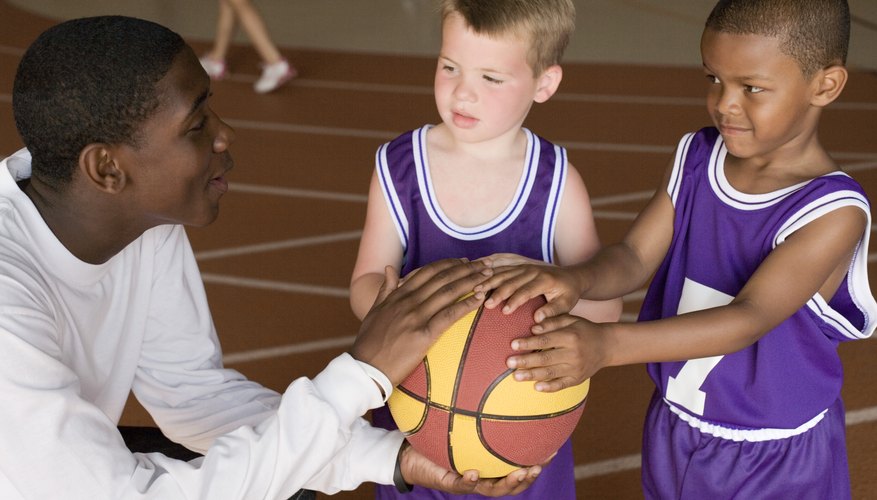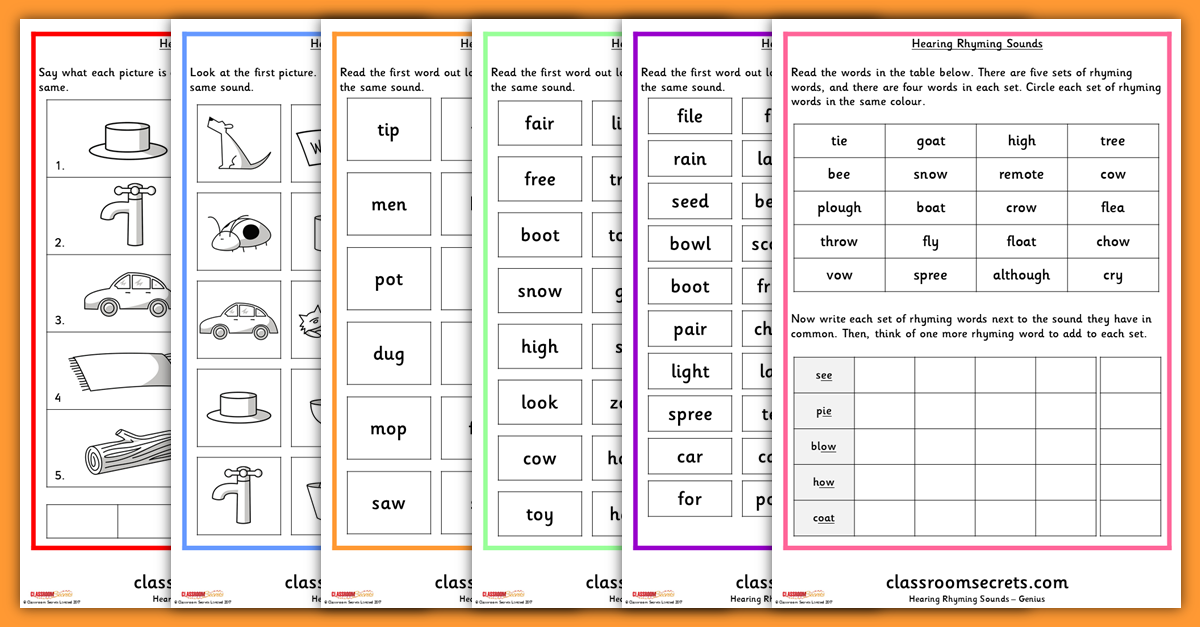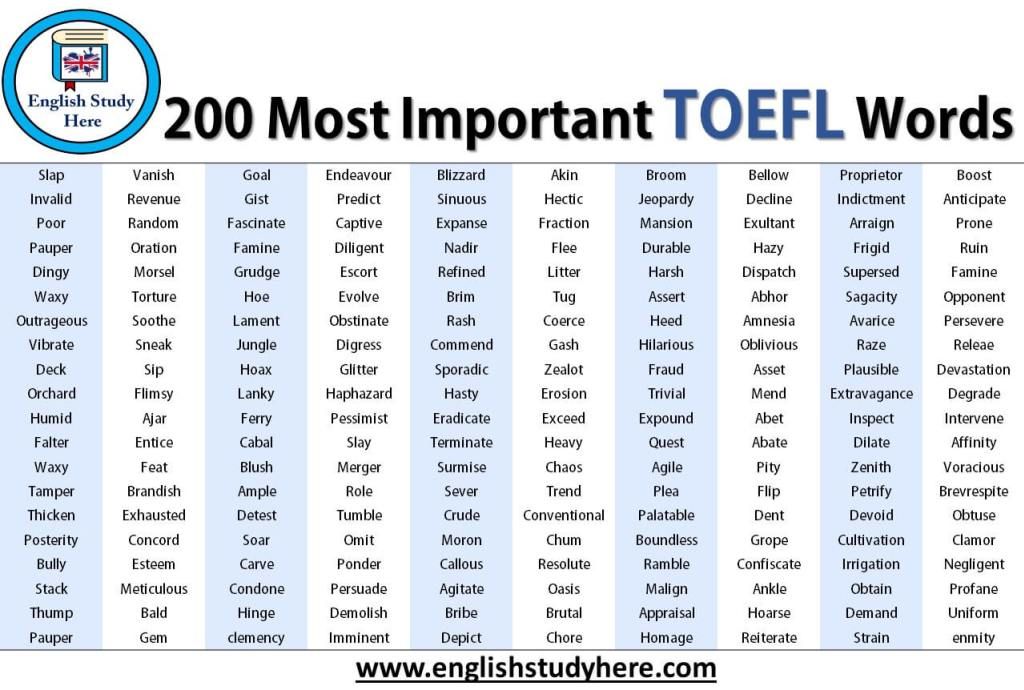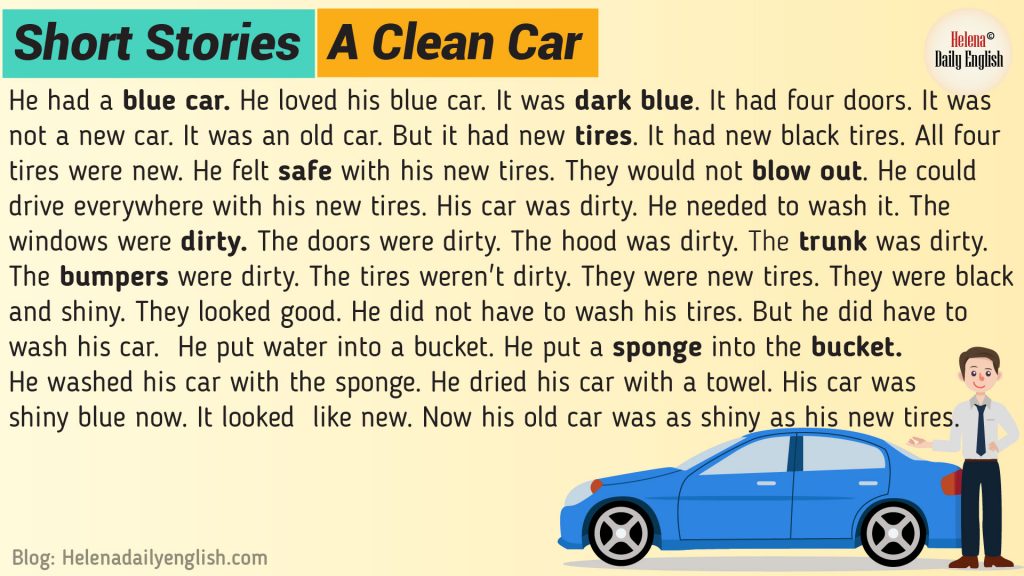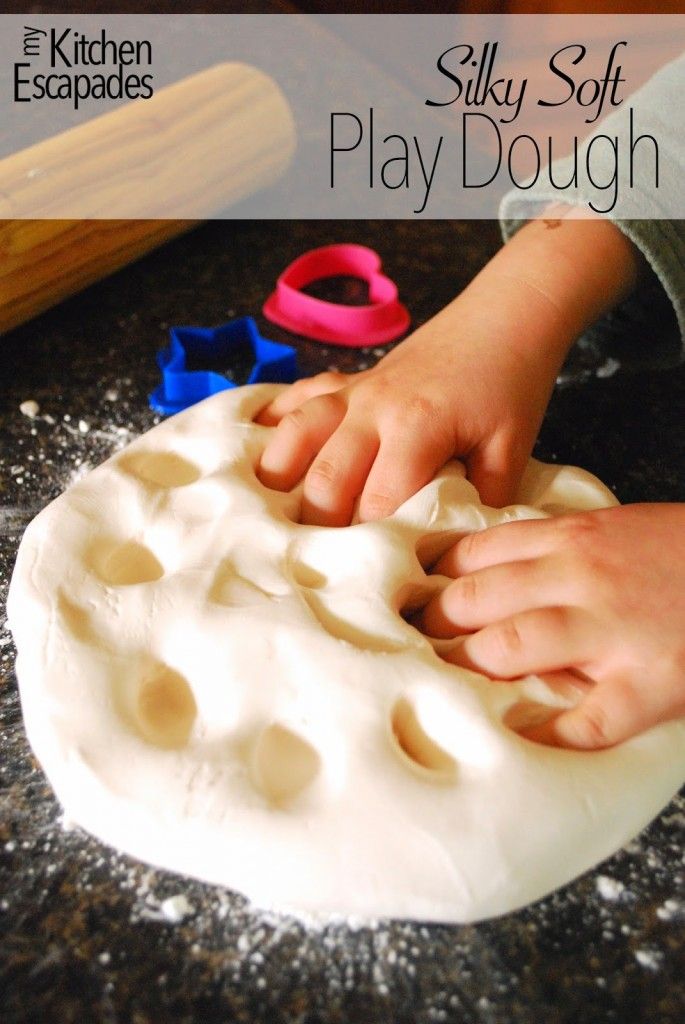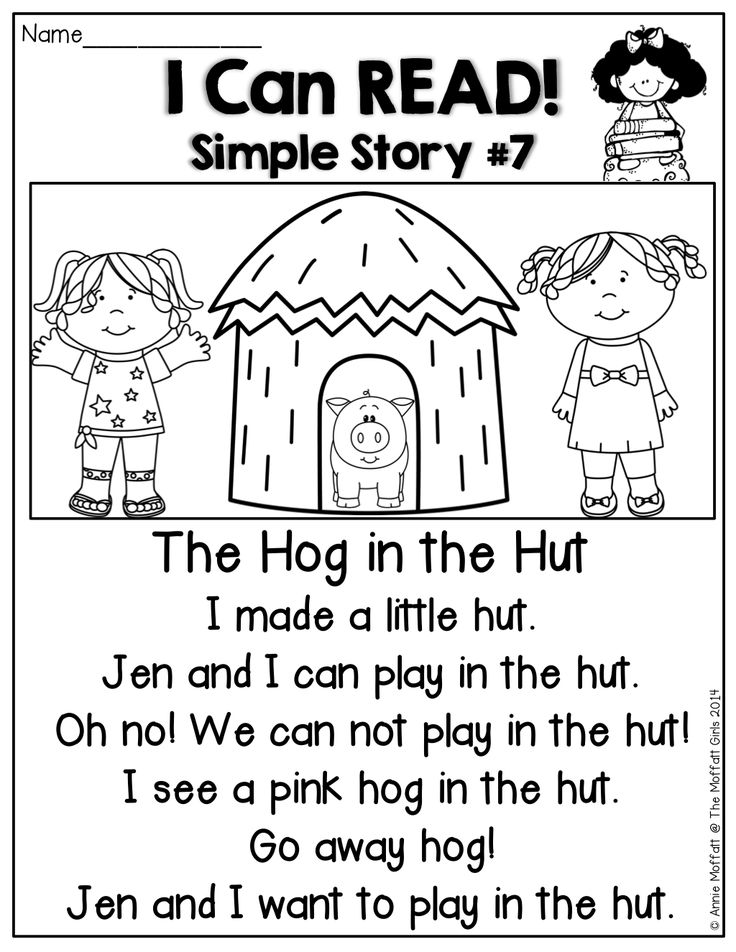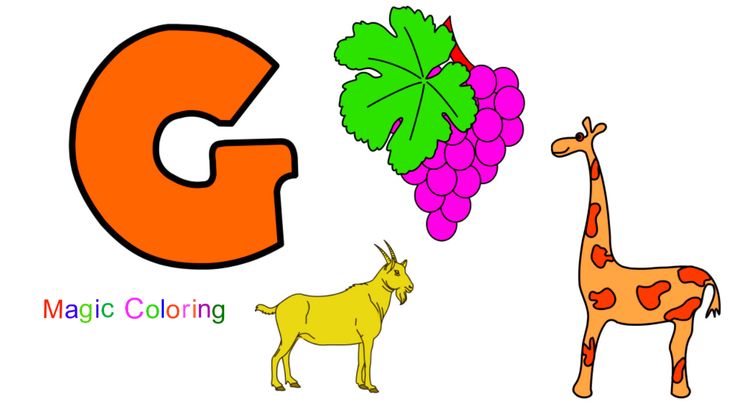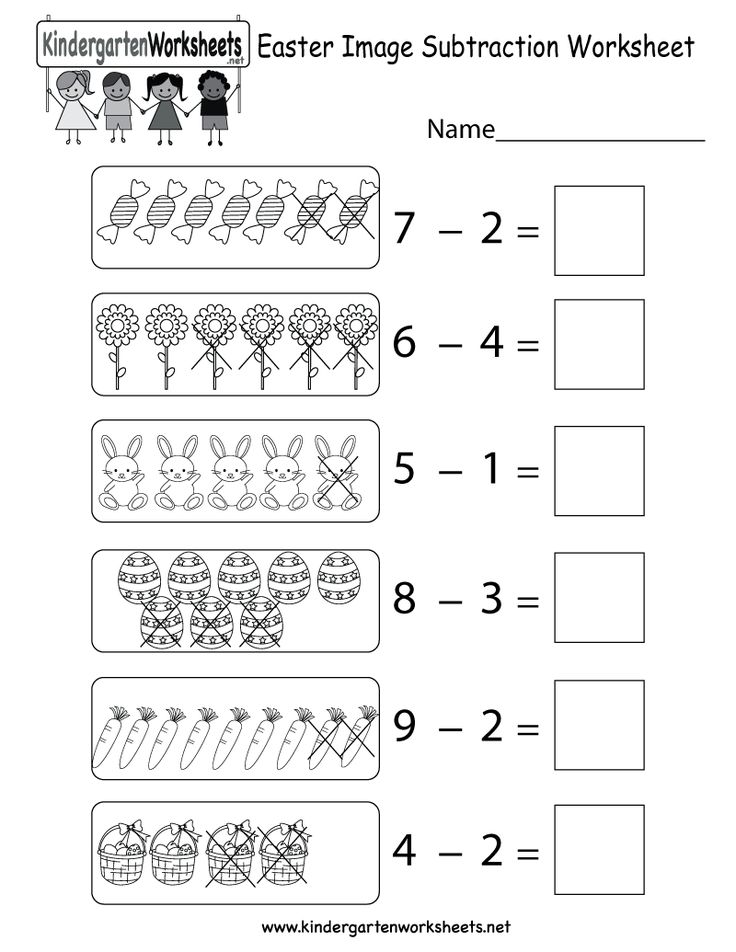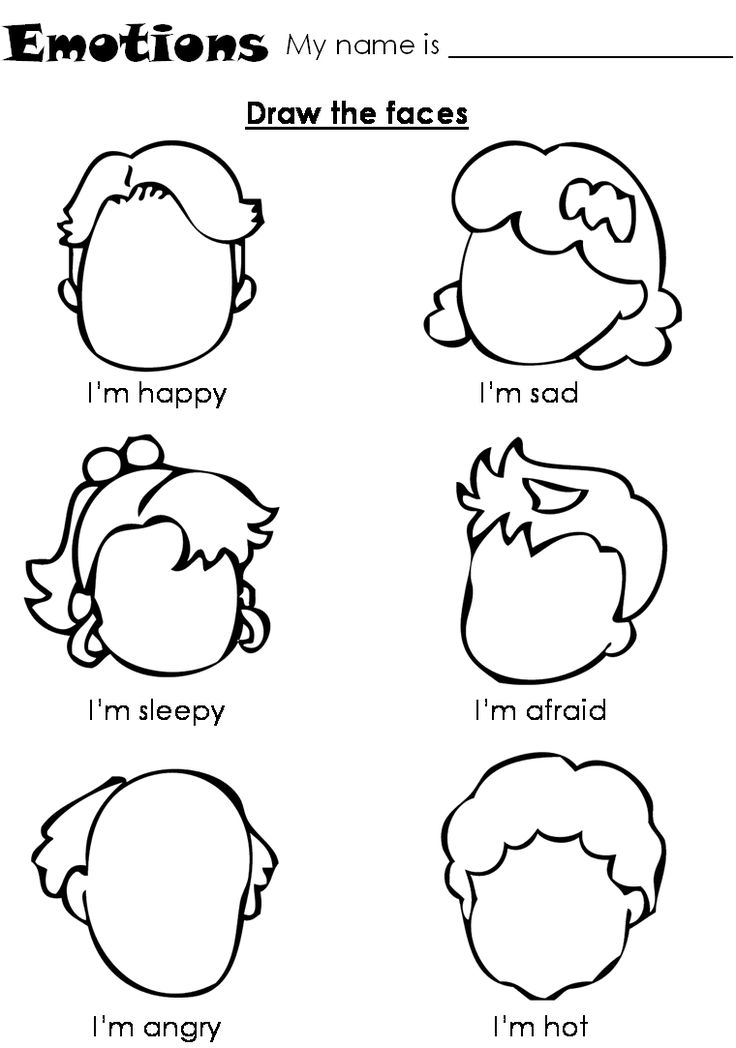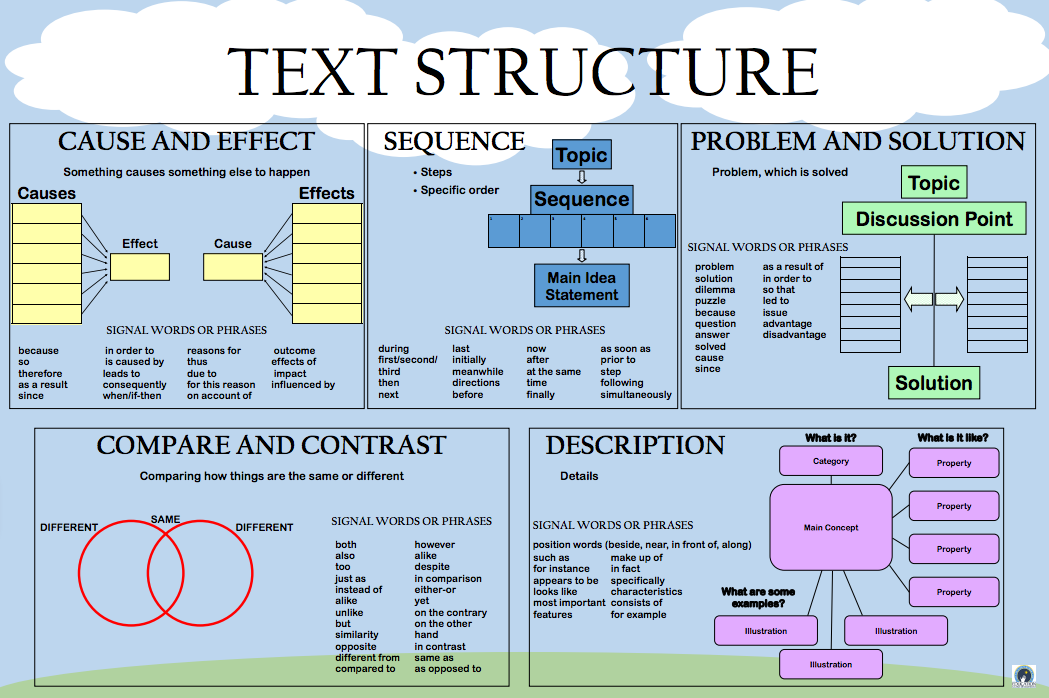Sports for 4 year olds
Kids Soccer Classes | Youth Sports
SoccerTots is our flagship program! Playable on almost any surface, these soccer-themed motor skill classes are very easy for youngsters to get into. Younger age groups focus on developing motor skills and self-confidence; older classes focus more on developing core soccer skills and personal focus, and introduce an element of light competition. Instructor-to-student ratio is kept small to maximize individual development, and above all else we promote fun, fun, fun!
find a program
Why SoccerTots?
Soccer is the perfect game for developing young bodies for any athletic endeavor. The first stages of athletic advancement entail creating body awareness, strength and fitness. Upon this core, advanced skills and muscle coordination can be developed for any sport.
Soccer is the world's most popular sport probably because it is a lifestyle sport that people can play their entire lives. Many adults play soccer as a fun, social way to get regular exercise; with some playing well into their 60's or even 70's. So whether or not your child pursues soccer to a high level, teaching them the game could be a gift that lasts a lifetime.
1 Million Touches
The US Soccer Federation advocates that in order for a child to become a skillful player, they should have 1 million soccer ball touches before they are 16. SoccerTots won’t give your child one million touches but it's a start. If your child starts in Teddies and graduates up through Polar Bears then they will have many thousands of touches that become the foundation for a lifetime of skill.
Why SoccerTots?
Soccer is the perfect game for developing young bodies for any athletic endeavor. The first stages of athletic advancement entail creating body awareness, strength and fitness. Upon this core, advanced skills and muscle coordination can be developed for any sport.
Soccer is the world's most popular sport probably because it is a lifestyle sport that people can play their entire lives.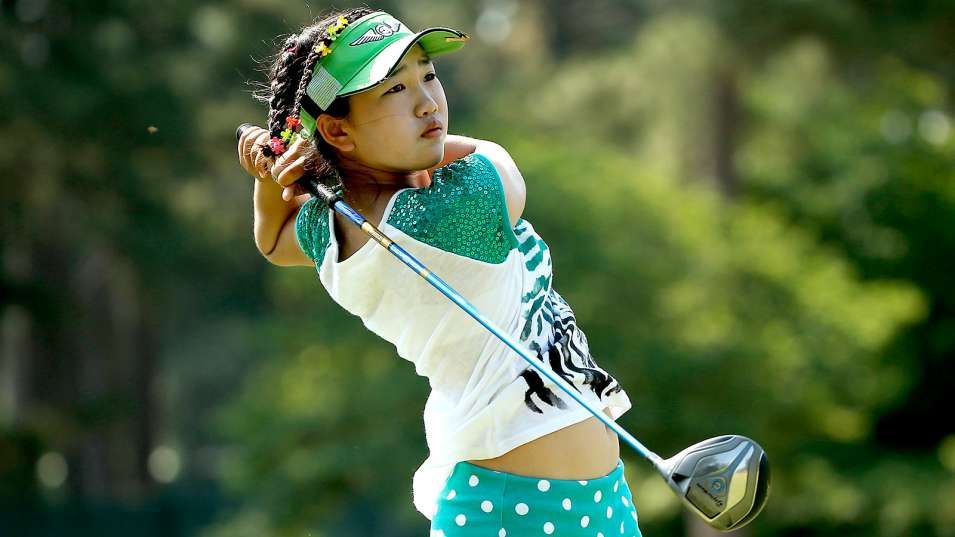 Many adults play soccer as a fun, social way to get regular exercise; with some playing well into their 60's or even 70's. So whether or not your child pursues soccer to a high level, teaching them the game could be a gift that lasts a lifetime.
Many adults play soccer as a fun, social way to get regular exercise; with some playing well into their 60's or even 70's. So whether or not your child pursues soccer to a high level, teaching them the game could be a gift that lasts a lifetime.
1 Million Touches
The US Soccer Federation advocates that in order for a child to become a skillful player, they should have 1 million soccer ball touches before they are 16. SoccerTots won’t give your child one million touches but it's a start. If your child starts in Teddies and graduates up through Polar Bears then they will have many thousands of touches that become the foundation for a lifetime of skill.
Our Sports Classes
Classes meet once per week. Each class lasts 50 minutes. Classes are positive and non-competitive!
Equipment
All equipment is provided.
Class Attire
Children should wear loose fitting clothing and sneakers and bring a water bottle. Please no sandals or dress shoes.
Open Enrollment
New participants are welcome to join anytime for prorated cost. Prorated costs are calculated by the number of classes left in the session and NOT by the number of classes a customer can attend.
Drop-Off Policy
Our programs are not drop-off classes. Parents or caregivers of all participants must stay on-site during classes in case your child needs assistance.
Siblings
Younger siblings are welcome to observe the class but for safety reasons we cannot allow these younger children to walk and crawl around the field and play with equipment in the same area as the class. If you wish, you may ask the instructor for some equipment for the child to play with in another area where classes are not being conducted. Older siblings are welcome to watch but due to the focus and attention required in these classes we may not allow them to participate in the class in any manner. This is also to prevent injury to the participating children.
If you have siblings that you'd like to enroll in a program together, we offer a
sibling discount of 20% off the regular price tuition.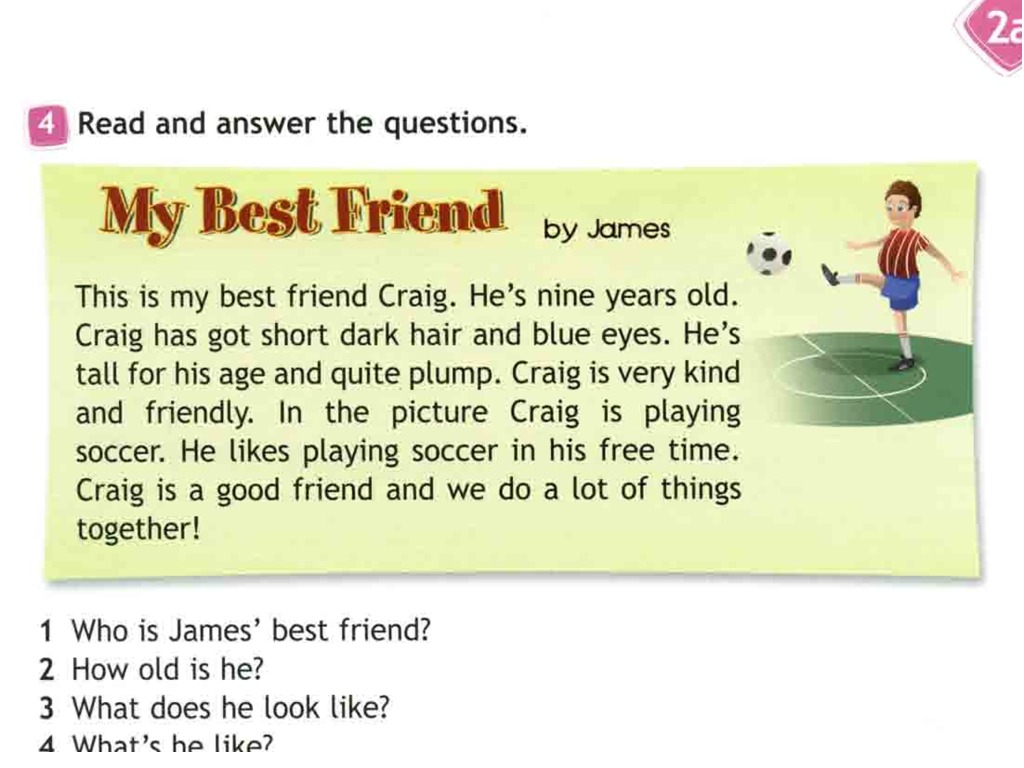 This discount is applied to prorated tuition, too.
This discount is applied to prorated tuition, too.
Visit our Policies & General Info or FAQ page for more detailed information on all of our
policies, including refunds, weather and more.
"We created a team of girls who all did SoccerTots® together for a couple of years. We didn't lose a league game for years and even won some tournaments playing against older teams. They are a skillful group of players and I attribute that to SoccerTots (and my coaching)."
Jerry (Parent and Coach)
Spokane, WA
"Thank you for your wonderful training. Jacob started playing soccer this year and is doing so well. He controls and kicks the ball so well compared to most the other kids and we know its from all the SoccerTots® training from coach Jaimey, and coach John."
Aimee
Long Island, NY
"Aden learned more in one SoccerTots® class then he did in the entire parks department program."
Carol
Fredericksburg, VA
Bring SoccerTots to Your School or Daycare
The SoccerTots® Enrichment program is tailored specifically for daycares and preschools, after school programs, and private schools.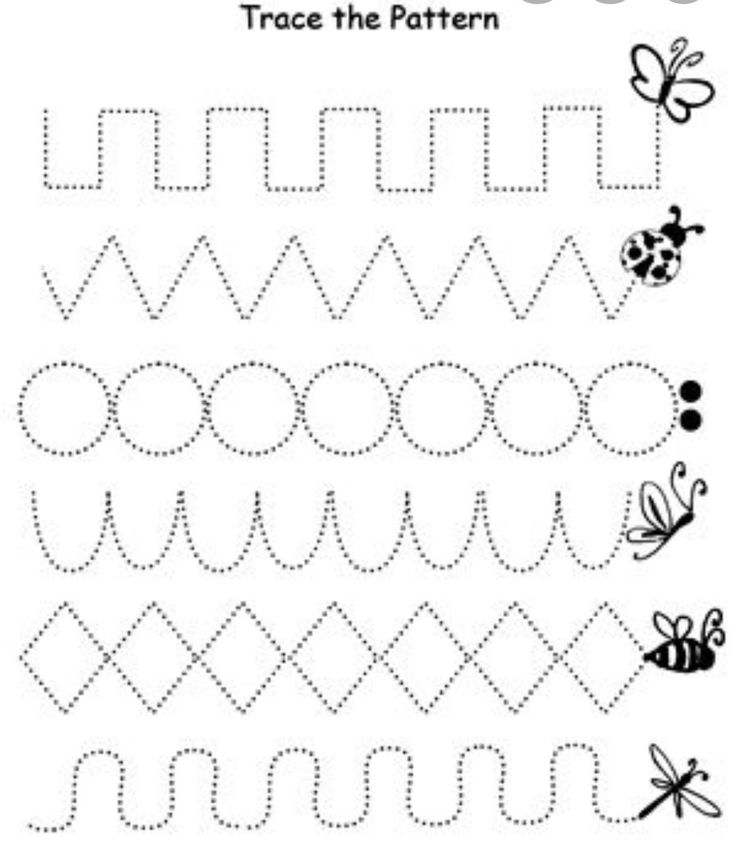 Our enrichment classes develop social skills and promote physical fitness in a structured and fun way. SoccerTots Enrichment classes add great supplemental learning for children. In addition, our self esteem and team building lessons help children to be better attuned to the class room. They are an added value to child care programs. Our class room is the physical fitness extension to your class room!
Our enrichment classes develop social skills and promote physical fitness in a structured and fun way. SoccerTots Enrichment classes add great supplemental learning for children. In addition, our self esteem and team building lessons help children to be better attuned to the class room. They are an added value to child care programs. Our class room is the physical fitness extension to your class room!
SoccerTots classes can be held in gyms, outdoors, and small or large multi-purpose rooms. Our enrichment classes can be on-going or can be a customized session length. Call us to arrange a free demonstration classes today!
An age-by-age guide to picking the best sport for your child – SheKnows
When it comes to sports for your kids you’re spoilt for choice. So how do you decide what to enrol your child in when they may not be old enough to decide for themselves?
Related story These Preemie Twins Were Given a Zero Percent Chance of Survival — Now, Against All Odds, They're Strong Enough to Go Home
More: Give your kids the chance to quit and it’ll mean more when they succeed
A good place to start is finding out what sports are most age-appropriate for your kids. While there are no hard and fast rules, in general what’s perfect for a 10-year-old isn’t going to be suitable for a toddler.
While there are no hard and fast rules, in general what’s perfect for a 10-year-old isn’t going to be suitable for a toddler.
Age 2 to 5
Image: images by Tang Ming Tung/Moment/Getty ImagesToddlers and preschoolers (2 to 5 years old) may be beginning to get the hang of many basic movements but are too young for most organised sports. So at this age don’t stress too much if your little one isn’t enrolled in a dozen after-school activities. Toddlers who participate in organised sports typically don’t gain any long-term advantage in terms of future sports performance, says the Mayo Clinic.
At this age unstructured free play is usually best such as running, dancing, tumbling, throwing, catching and swimming. However, if your 3-year-old is showing a passion for football or ice skating don’t discourage it, but make sure the environment is suitable for your child. Contact your local club and find out what their recommended starting age is and what level of commitment is required.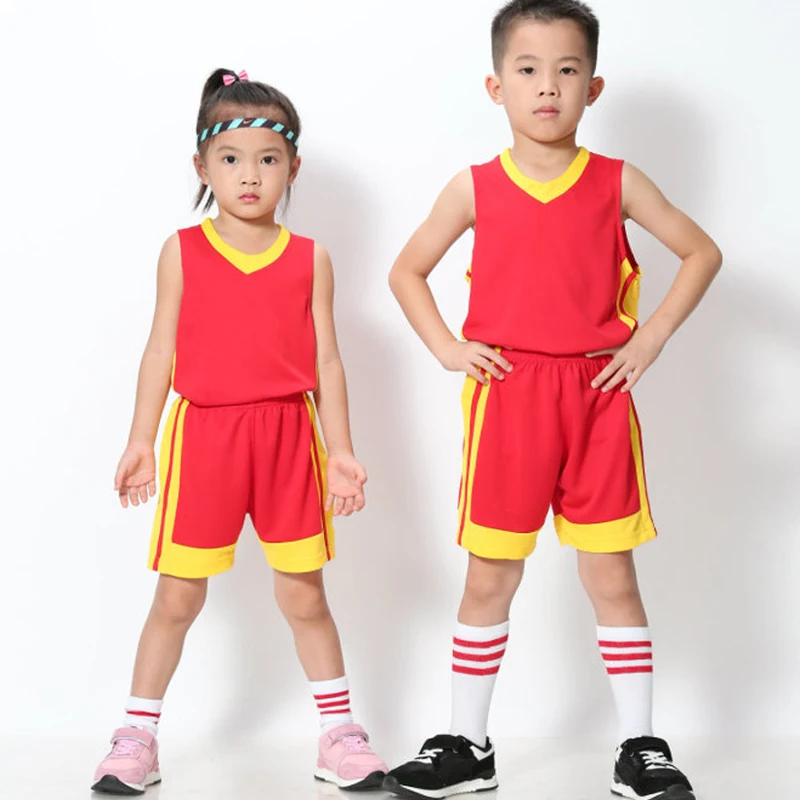 Remember there’s no rush — your football-mad toddler will be more than happy chasing a ball around the garden with you until he’s old enough to join a team.
Remember there’s no rush — your football-mad toddler will be more than happy chasing a ball around the garden with you until he’s old enough to join a team.
Age 6 to 9
Image: Westend61/Getty ImagesAs children get older their vision, ability to concentrate for extended periods of time, attention spans and transitional skills, such as throwing for distance, improve. They’re also better able to follow directions. For 6 to 9 year olds consider organised activities such as running, football, touch rugby, gymnastics, swimming, tennis and martial arts.
More: How far should you push kids at sports?
Age 10 plus
Image: JR Carvey/Streetfly Studio/Blend Images/Getty ImagesBy the age of 10 children have mature vision, better coordination and balance and the ability to understand and recall sports strategies. They are typically ready to take on complex skill sports, such as football, basketball, hockey, netball and volleyball.
As well as considering whether a sport is age-appropriate for your child, take into account how much they will enjoy the activity based on their maturity and abilities.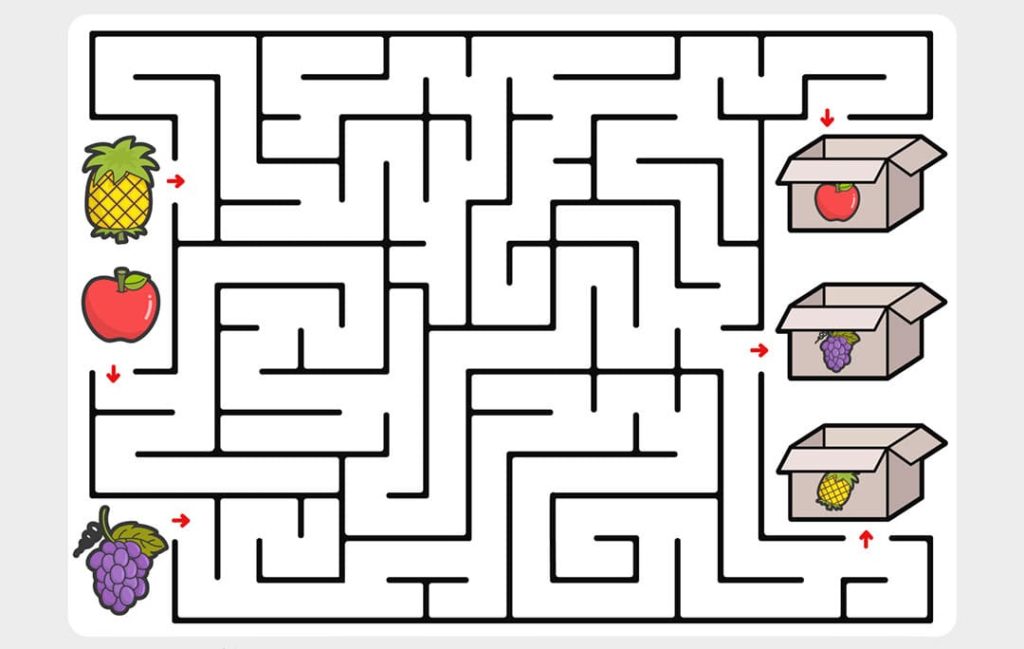 Your child may show a natural preference for one activity over another, which shouldn’t be ignored.
Your child may show a natural preference for one activity over another, which shouldn’t be ignored.
You may also want to think carefully before encouraging your child to focus on one particular sport only because this could stop them from fully testing their skills and discovering other activities they may enjoy.
Remember kids change as they grow and your little one might show a keen interest in one activity one year, only to switch to another by the next. Keep monitoring their level of interest and stay involved in their progress. Be positive and encouraging by emphasising effort and enjoyment over winning and never try to persuade your child to continue with a sport they clearly don’t enjoy, whatever age they are.
More: I don’t make my kids do sports
Which sport should I send my child to at 4 years old
Which sport should I send my child to at 4 years old? This question worries many mothers. Left behind is infancy and the so-called earlier childhood, which lasts up to three years. A person at 4 years old is practically an independent person with an incredible supply of energy. Where to direct it so as not to harm the body and lay the foundations for good health for adulthood? Naturally, give the child to the sport, you say.
A person at 4 years old is practically an independent person with an incredible supply of energy. Where to direct it so as not to harm the body and lay the foundations for good health for adulthood? Naturally, give the child to the sport, you say.
At this moment, many parents become interested in the activities of city sports schools. Firstly, in such organizations, the development of the child is in strict accordance with the medical standards approved by the state. Secondly, there is the prospect of introducing a son or daughter to big-time sports from an early age. Thirdly, education in municipal secondary schools and youth sports schools is formally free today.
But such far-sighted fathers and mothers are in for a surprise: the minimum age of a child for enrollment, according to SanPiN requirements, is six years. The nearest directions available in a couple of years are gymnastics and figure skating. In the meantime, caring adults have at their disposal a huge number of commercial sections inviting children from the age of four to classes.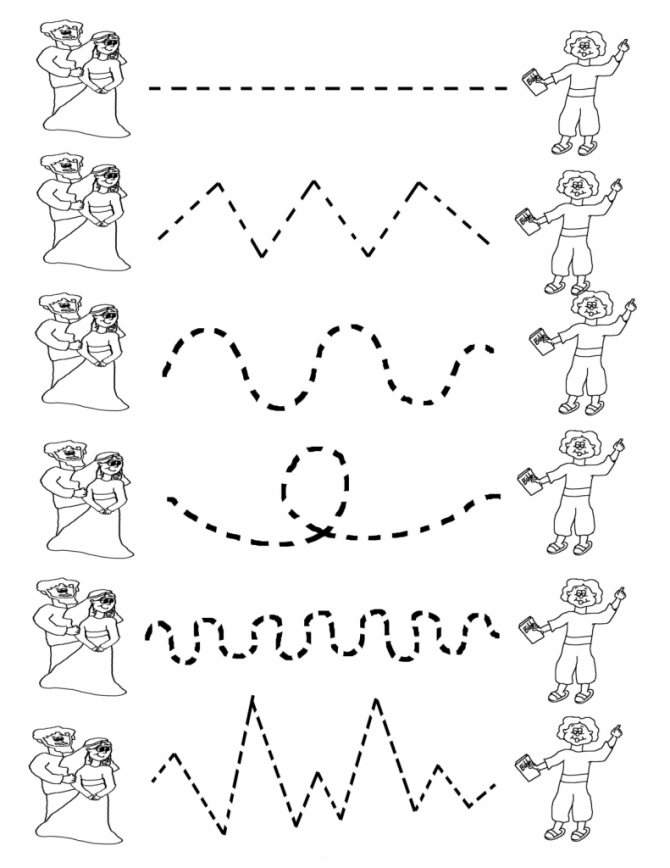 What sport to choose now?
What sport to choose now?
Generally speaking, any coach, regardless of the sport you choose, devotes most of the time with preschool children to general physical training. The reason for this approach lies in the anatomical and physiological characteristics of a four-year-old child. At this age, the curves of the spine are not stable, and the joints and bones can be deformed from an improperly selected load. Increased excitability becomes the reason that the baby quickly gets tired and cannot concentrate on the same type of exercises for a long time.
Interestingly, at the age of 4, doctors do not recommend getting involved in the competitive process: from the baby in training, you can only achieve compliance with the rules. And traditional statements like “a man should be able to lose” or “without defeats there are no victories” do not work here. Such upbringing will cause nervous stress, which can eventually become a real psychological problem for a small athlete.
Of course, if parents still want to make a gymnast or figure skater out of a child, they should prepare for these sports before the selection of children for enrollment in a sports school.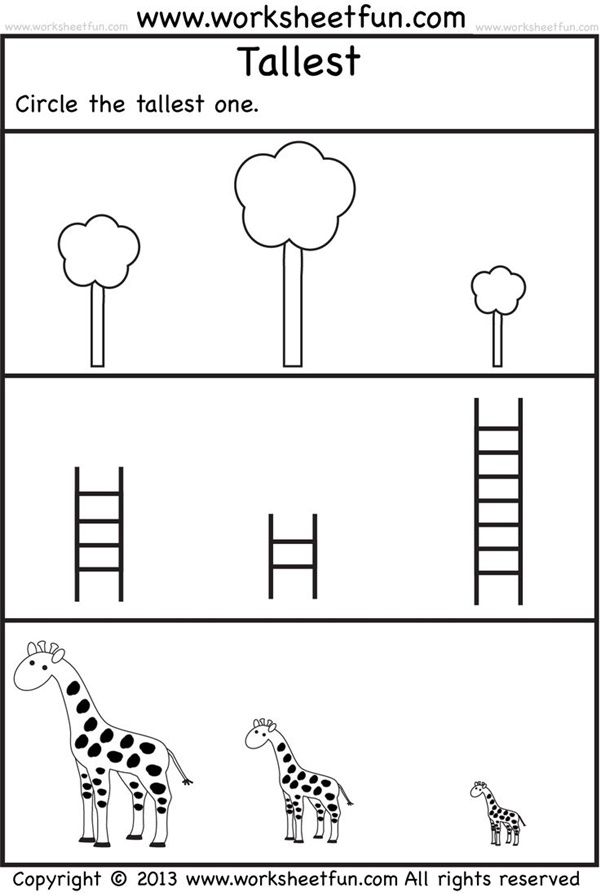 Ekaterina Borisova, international master of sports of Russia in figure skating, recalls: “I started figure skating at the age of 4, my mother gave it to me. I can say unequivocally: any sport disciplines, especially if you start practicing from an early age. Internal control, the feeling that it is you who owns the situation, and not she owns you, has become a part of your life since childhood. I think this is a big plus. In addition, the child is physically better developed than peers. And most importantly, he has a purpose. There is a more varied, interesting life than those who spend time at the computer. As for the start of training on the ice, I think you can start training even at the age of three, but no later than eight.
Ekaterina Borisova, international master of sports of Russia in figure skating, recalls: “I started figure skating at the age of 4, my mother gave it to me. I can say unequivocally: any sport disciplines, especially if you start practicing from an early age. Internal control, the feeling that it is you who owns the situation, and not she owns you, has become a part of your life since childhood. I think this is a big plus. In addition, the child is physically better developed than peers. And most importantly, he has a purpose. There is a more varied, interesting life than those who spend time at the computer. As for the start of training on the ice, I think you can start training even at the age of three, but no later than eight.
As a rule, commercial OFP groups work at schools and are supervised by local sports federations; children under 6 years of age are not accepted into the official groups of SSHORs. Therefore, dads and moms have at least a couple of years to make a final decision and not yet think about what sport to send their child to at 4 years old.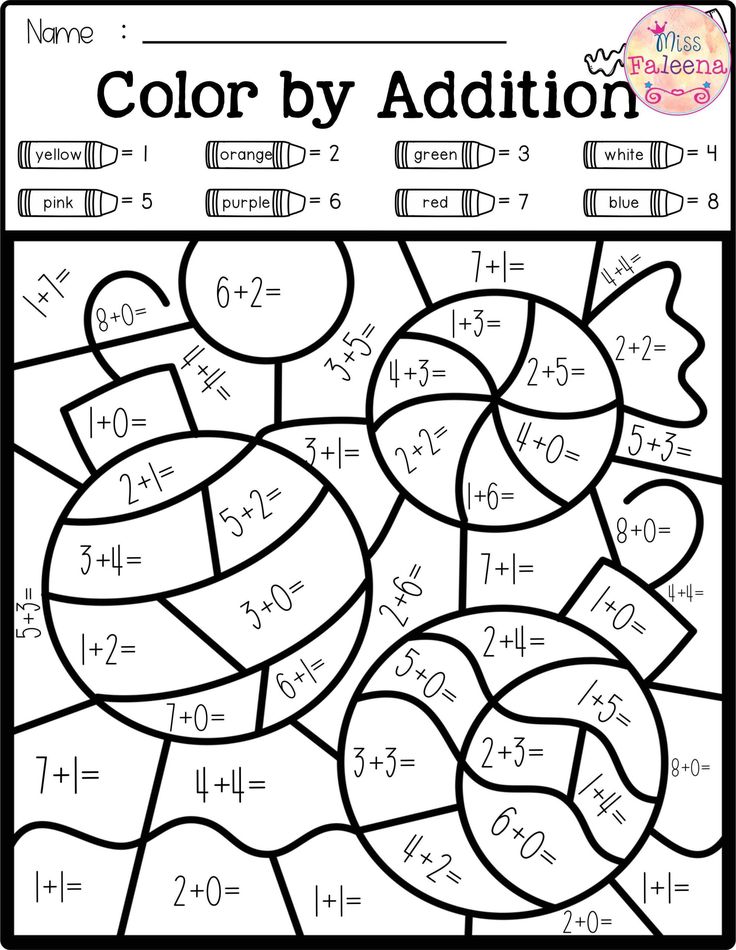
“I believe that it is not necessary to send a child to sports at this age ,” says Andrey Telitsyn, coach of the Chelyabinsk school No. 4 in artistic gymnastics. - Groups for 3-4-year-olds work for an hour twice a week, during which time nothing serious can be taught. If we talk about gymnastics, the situation here is generally special. The demand for a place in the general physical training group is high, the number of pupils is large, and the number of shells does not increase from this. As a result, the child approaches the same bars once every fifteen minutes. Although there is a positive moment - he gets used to the hall. You see, you can come to me both at six and at seven years old - and catch up and overtake those who are engaged in the younger group of kindergarten.
Moreover, there is no guarantee that the child, leaving the group of general training, will be among the pupils of the sports school. “There is a guarantee that he will crawl or train in the OFP group,” Andrey Igorevich explains.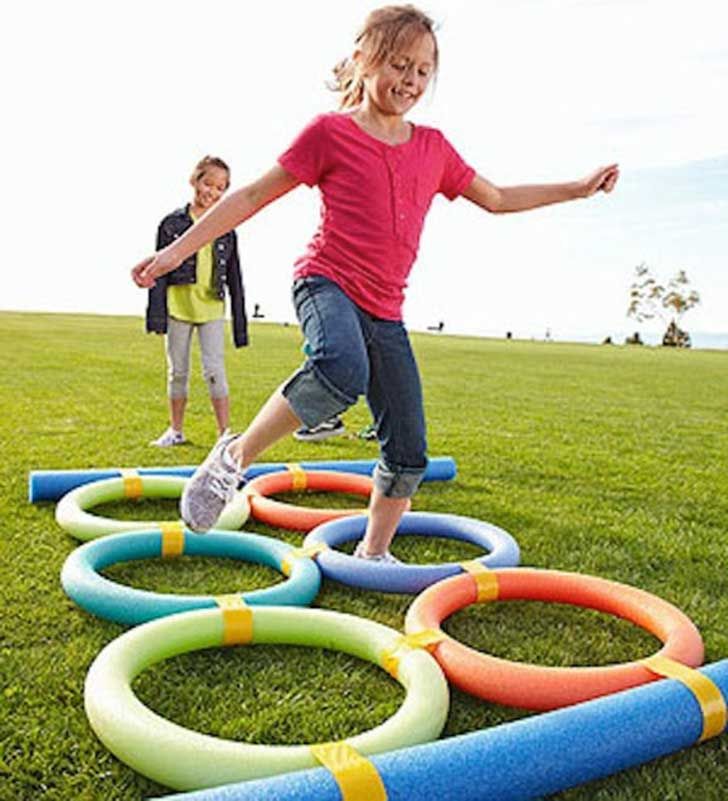 - What will get to the coach of the SShOR - not a fact. Because it may turn out that the size of the group is small and the selection is quite strict: the boy may not be accepted according to certain indicators” . But, according to the coach, you need to prepare unequivocally for enrollment in the gymnastics group. How? You need to be physically prepared: be able to pull up, do push-ups, make a bridge and a corner. And you can start improving your skills, having already stepped over the threshold of a comprehensive school.
- What will get to the coach of the SShOR - not a fact. Because it may turn out that the size of the group is small and the selection is quite strict: the boy may not be accepted according to certain indicators” . But, according to the coach, you need to prepare unequivocally for enrollment in the gymnastics group. How? You need to be physically prepared: be able to pull up, do push-ups, make a bridge and a corner. And you can start improving your skills, having already stepped over the threshold of a comprehensive school.
Swimming is one more sports direction that caring parents choose. Swimming proper, synchronized swimming and diving are approved by the Ministry of Sports from the age of seven. Alexandra Romanova, specialist of the South Ural University, Faculty of Physical Culture and Sports, Department of Sports, Tourism and Motor Recreation believes that swimming is an acceptable option for those who do not know what sport to send their child to at 4 years old.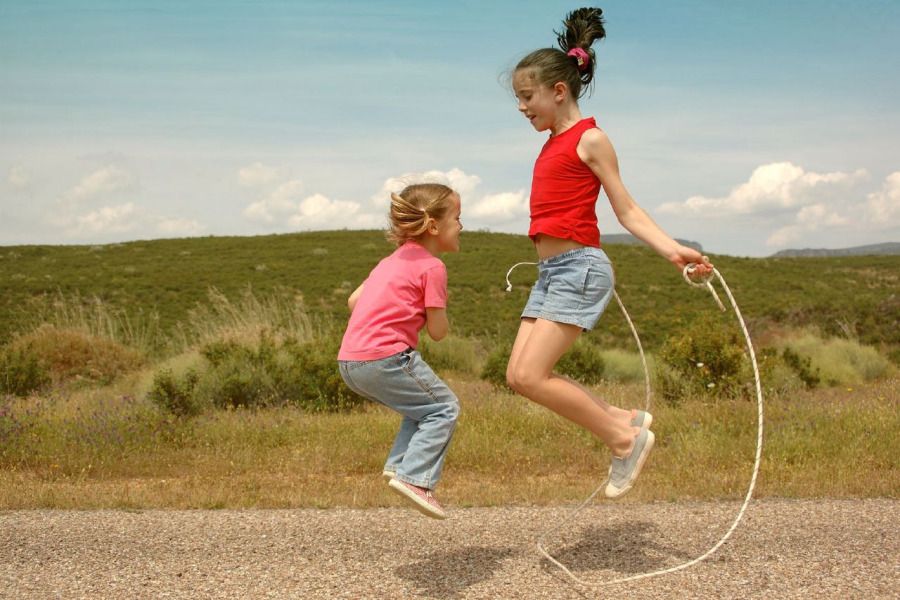 But, according to Alexandra, this should not be a sports complex with a large swimming pool, but a specialized children's pool with warm clean water and qualified specialists, such as the AquaBABY swimming center. " The feeling of being in water is often compared to the state of weightlessness. Indeed, body weight in water is much less, she explains. - Thanks to this, classes in the pool for a child of 4 years old allow you to unload the spine, strengthen the muscle corset, and also contribute to the hardening of the body. Since the processes of excitation and inhibition are easily dissipated, only exercises based on the game method will be effective. It allows you to interest the little swimmer and increase the emotional background of the lesson. Parents should pay attention to this nuance when choosing a swimming center. Good ones are those where children are not only taught to swim, but in general they form an interest in classes and a positive perception of the learning process.
But, according to Alexandra, this should not be a sports complex with a large swimming pool, but a specialized children's pool with warm clean water and qualified specialists, such as the AquaBABY swimming center. " The feeling of being in water is often compared to the state of weightlessness. Indeed, body weight in water is much less, she explains. - Thanks to this, classes in the pool for a child of 4 years old allow you to unload the spine, strengthen the muscle corset, and also contribute to the hardening of the body. Since the processes of excitation and inhibition are easily dissipated, only exercises based on the game method will be effective. It allows you to interest the little swimmer and increase the emotional background of the lesson. Parents should pay attention to this nuance when choosing a swimming center. Good ones are those where children are not only taught to swim, but in general they form an interest in classes and a positive perception of the learning process.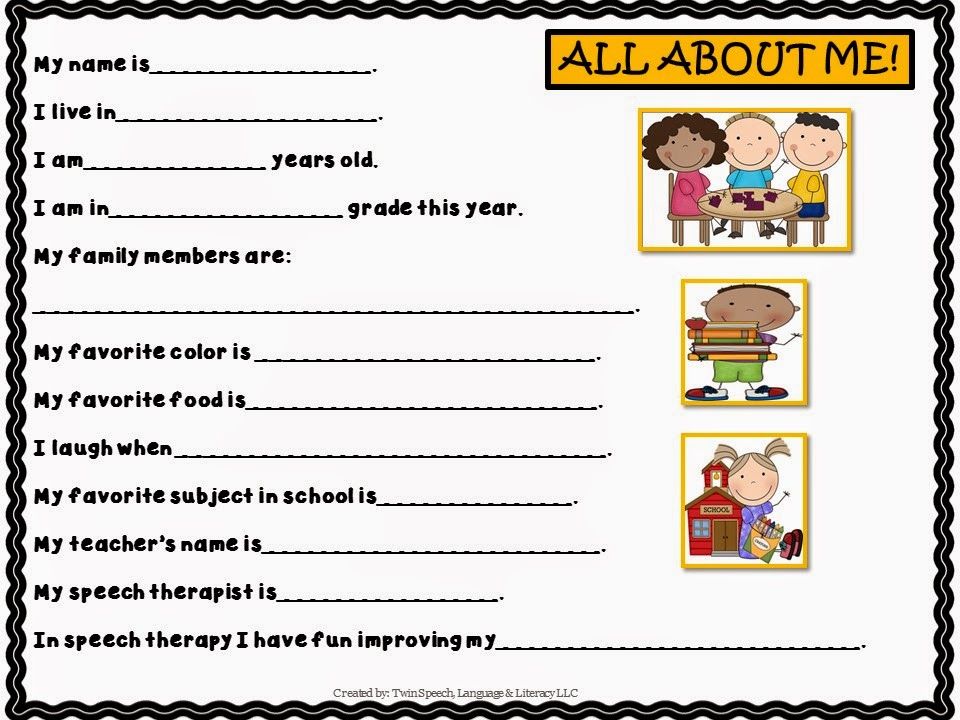 And this is the main task for the full development of a child of 4 years ".
And this is the main task for the full development of a child of 4 years ".
Whatever sport adults choose for their son or daughter, it must be remembered that each of them has a list of contraindications. For example, if the children's medical book contains such diagnoses as flat feet, disruption of the vestibular apparatus, diseases of the kidneys or the musculoskeletal system, as well as myopia, your child will not be a figure skater. Diseases of the spine and myopia close the doors to the gymnastics hall. And skin diseases, infectious diseases and eye problems, alas, will not allow you to get into the swimming pool.
In general, the following indicators speak about the compliance of physical development with the norms of a 4-year-old baby. Boys at this age, as a rule, grow up to 109 centimeters. The lower limit of height is 99 cm. Weight ranges from fourteen and a half to eighteen and a half kilograms. Chest circumference: 51-55.3 centimeters. For girls, a slightly smaller height is allowed, from 98 to 109 centimeters.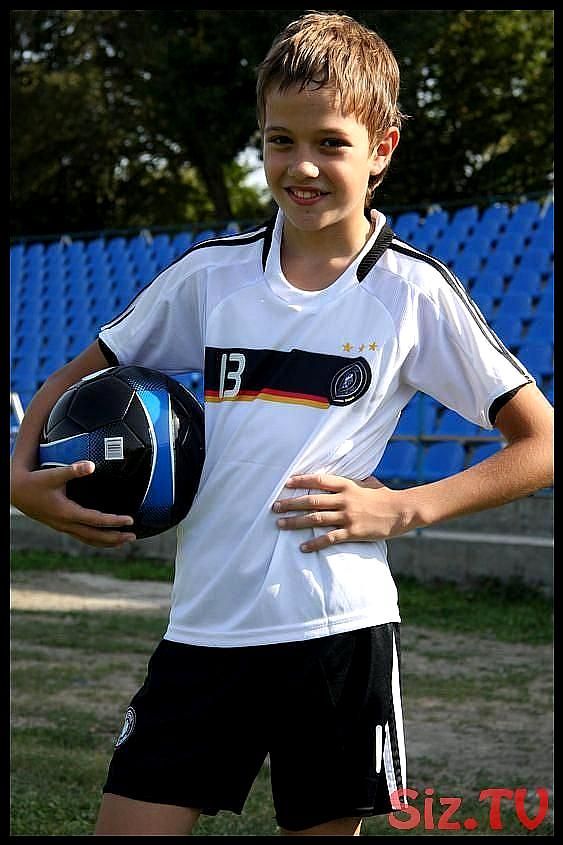 Chest circumference - from 49.3 to 54 centimeters.
Chest circumference - from 49.3 to 54 centimeters.
Children 4 years old rarely get sick and have good sleep not only at night, but also during the day. Activity and goodwill are character traits characteristic of this particular age. The basic movements that a four-year-old kid should already be able to master are running, walking, jumping. The last skill was formed around the third year of life, so parents should not expect breakthrough results in this direction. Moreover: even in the future, results in jumps will appear unevenly. Boys are most diligent until they are thirteen, girls until they are twelve. According to the observations of sports physicians, development in this direction slows down until the age of 17-18. In the meantime, at the age of four, the child is better given other movements: he knows how to play with the ball, ride a bicycle, knows how to hit horizontal targets and is more often not afraid of water.
These are the rules. But, as you know, there are exceptions to every rule.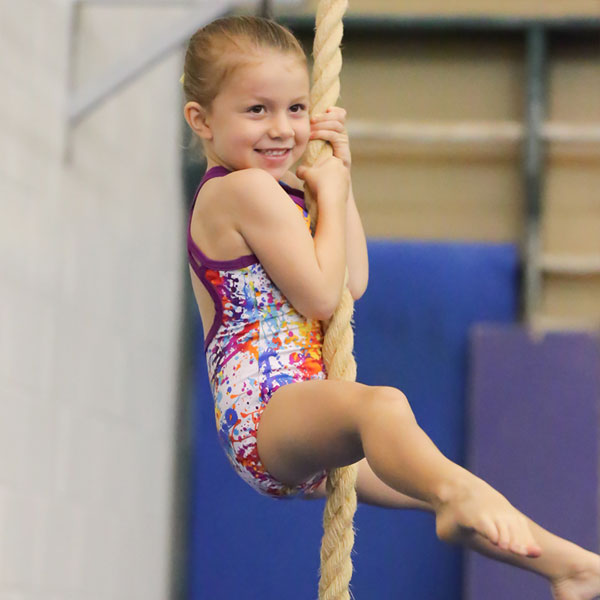 Take a closer look at your child and listen carefully to what he wants for himself before deciding what he will become in the future.
Take a closer look at your child and listen carefully to what he wants for himself before deciding what he will become in the future.
Conclusions:
- Search for an answer to the question “What sport should I send my child to at 4 years old?” - a business for the whole family. Several factors matter here: the medical indicators of the baby’s health, his own desires, the data of physical and anatomical development, the features of the chosen sport and the financial capabilities of the parents.
- Every four-year-old person needs physical education classes. By these years, boys and girls should not only run, but also maintain balance when changing speed. Not only to stay on one leg, but also to be able to bounce in this position. Not only to jump forward with both feet, but also to jump from a height of up to twenty centimeters and so on. These skills can be obtained not only in the sports section of any direction, but also at home. After all, in order to learn how to swim, ride a bike or dance, it is not at all necessary to carry the baby three times a week to a distant part of the city.
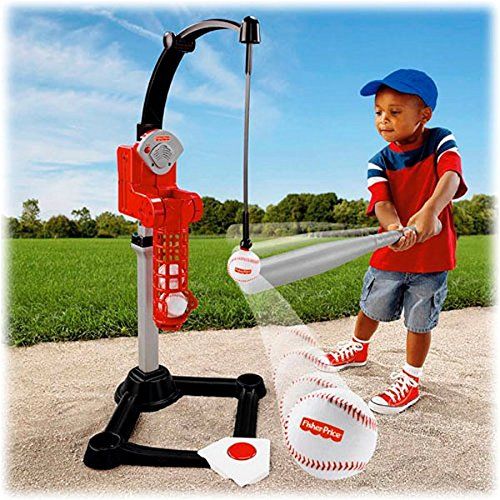 In the end, an active lifestyle is just as useful for dads and moms of little fidgets, grandparents, their caregivers and neighbors on the landing.
In the end, an active lifestyle is just as useful for dads and moms of little fidgets, grandparents, their caregivers and neighbors on the landing. - When choosing a sport for a son or daughter, parents should remember that they are dealing with a child's organism, which is in the formative stage. The principle of “do no harm” should remain central to decision making. Therefore, even while in the process of intense training, adults should keep their finger on the pulse and from time to time be interested in the condition of the child from the coach, psychologist and physician. After all, the most valuable thing that we, dads and moms, have is not records and medals, but our children.
Sports for children - what kind of sports to send the child to
Every year new sports sections are opened in Russia, where numerous sports for children are presented, and this is no coincidence. According to statistics, every fourth child in our country by the age of 10 tends to develop chronic diseases against the backdrop of an unhealthy lifestyle.
To avoid diseases such as obesity, diabetes and spinal diseases, doctors recommend involving children in sports from an early age. It can be family trips, active games, field trips or regular visits to sports sections.
What kind of sport to send the child to
Thinking about what sport to send the child to, few parents are aware that this choice should take into account not only the age of the baby, but also his individual characteristics. Often, having given a child to a sports section, parents later regret their choice, because the child simply refuses to study and does not want to attend a sports club.
To prevent this from happening, you need to choose a sport for a child in accordance with the temperament of the baby:
- Sanguine. These kids love to be leaders. They need praise and victory. Such children are best suited for active sports. Any speed-strength disciplines can be an excellent choice;
- Cholerics. These kids are emotional and also ready to work in a team.
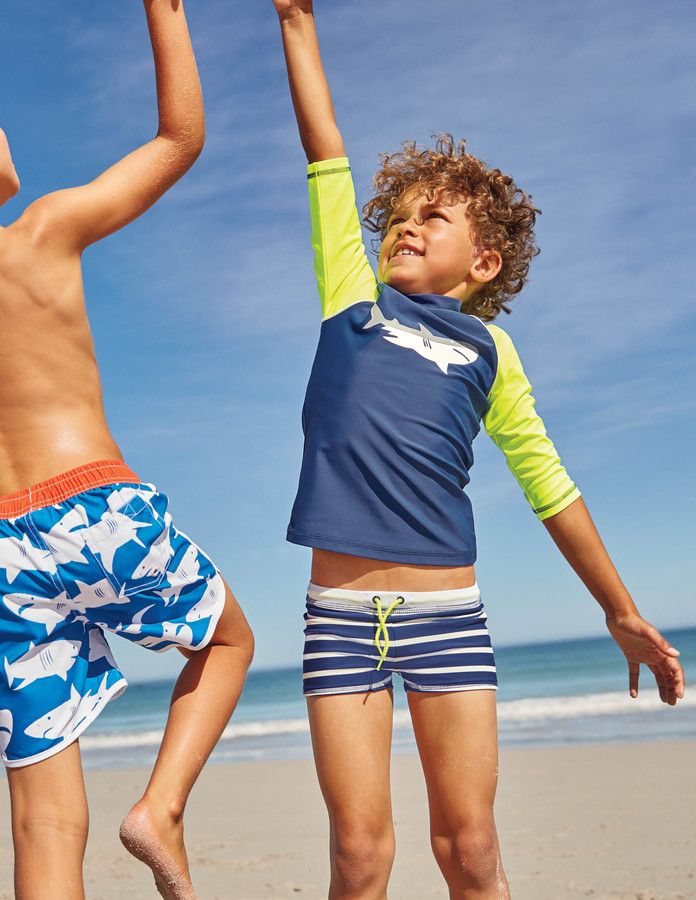 They will be comfortable with cyclic sports or martial arts;
They will be comfortable with cyclic sports or martial arts; - Phlegmatic. Toddlers with this character do an excellent job with multiple repetitions of one action. This means that the best choice for them will be cyclic or complex-coordinating disciplines;
- Melancholy. For them, the severity of the coach and Spartan conditions are unacceptable. With the right approach, such kids can show success in fencing or shooting. Intellectual pursuits can also be an excellent choice for them.
To determine which section is right for your child, you can take a specialized test. Testing will help determine goals and objectives, find out what character the baby has and choose for him exactly the circle in which he will feel comfortable.
Important! Before enrolling in a section, you need to get a consultation from the local pediatrician. Some disciplines have absolute contraindications. In addition, you will have to pass tests and undergo examinations by narrow specialists.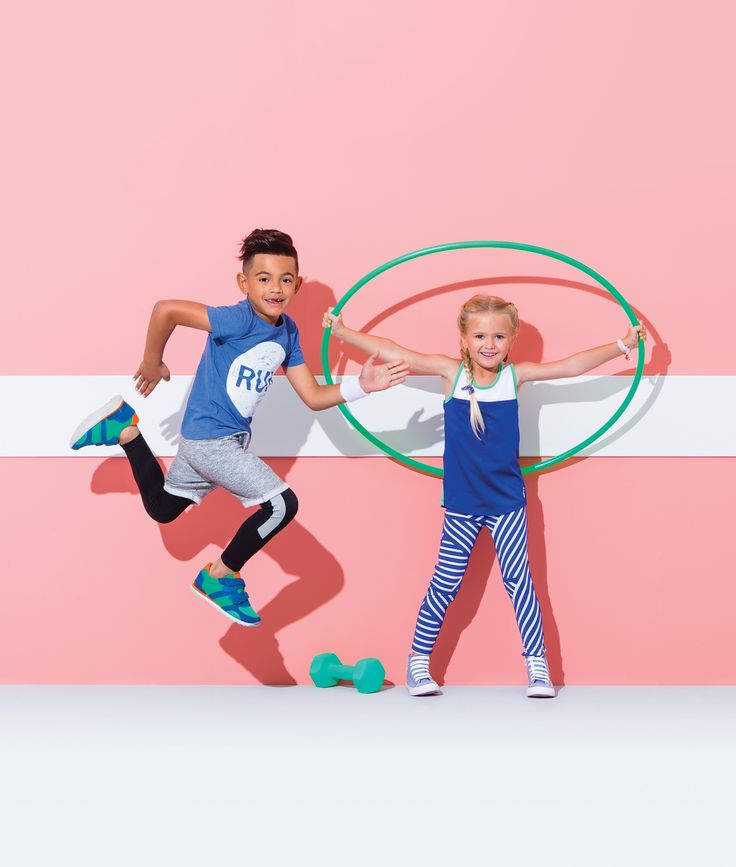
Sports for preschoolers
Sports for young children are activities that develop basic physical skills and strengthen the immune system. Don't expect a two-year-old to become a champion right away.
Sports for preschool children are necessary for the overall development and preparation of the child for more serious activities. Doctors consider 4-5 years old to be the ideal age to start classes. But if the baby is active and healthy, classes in certain disciplines can be started as early as two years old.
Most parents believe that at this age it is too early to attend sports sections, and the only option for physical training is swimming in the pool. But this is absolutely not true. Today, many circles invite kids of very young age, where specially trained trainers work with them.
Sports for children from 2 years old
From the age of two, babies need more physical activity. They run, jump, somersault and fall everywhere. And so that their pranks do not turn into serious injuries, parents should think about structured physical activity.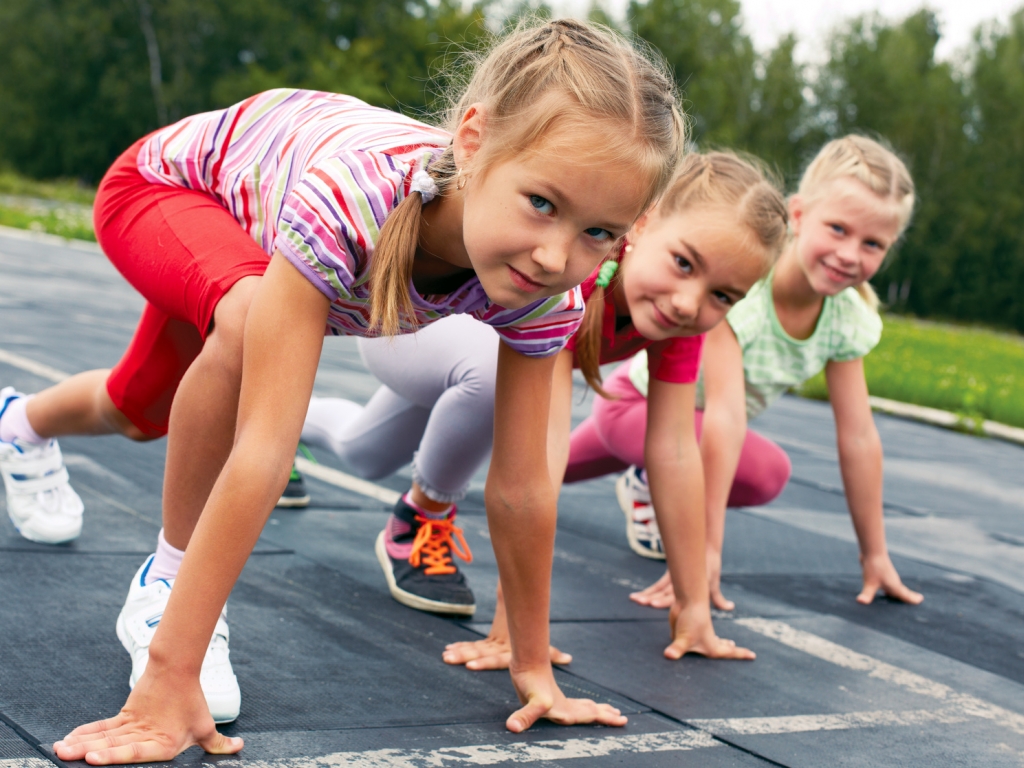
Adequate physical activity at this age - classes at least 2 times a week for 30 minutes. With age, the number of hours of classes gradually increases and by the age of 5 it can be 2 hours 3 times a week.
Training for the little ones is not full-fledged training with competitions and victories. At this time, training is based on the principle of the game. The kid will run, jump, have fun, learn the simplest exercises and perform elementary tasks.
Ideal sports for children aged 2+:
- Swimming;
- Dancing;
- Gymnastics;
- Balance bike;
- Children's yoga;
- Trampolining.
At this age, it is still very difficult for a baby to remain without a mother or father, so it is absolutely impossible to leave him alone among strangers, you will have to work with him. Moreover, you will have to perform all the exercises with the baby, because he will repeat exactly for you.
At the age of 3-4, the baby can already perform more complex exercises and understand the requirements of the trainer.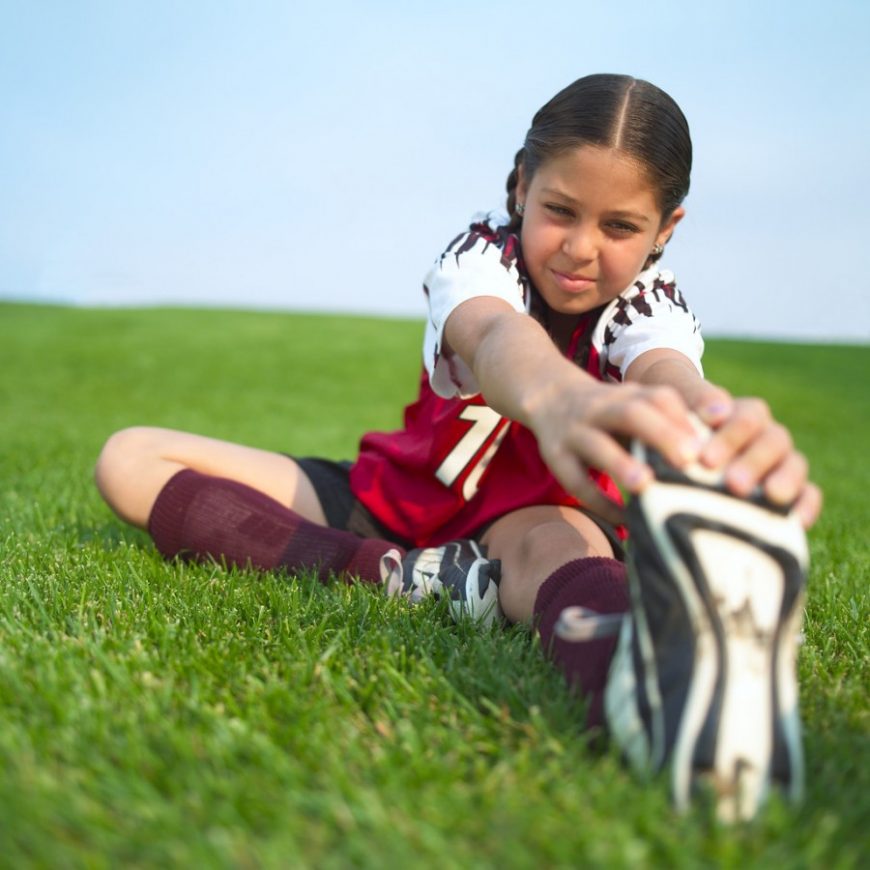 It is this age that is considered optimal for starting classes.
It is this age that is considered optimal for starting classes.
The following sections are already available at this time:
- Skis;
- Martial arts;
- Tennis or table tennis;
- Golf;
- Roller skates;
- Figure skating.
If you are afraid to send your baby to these sections at such a young age, pay attention to developing centers with a sports bias. In such centers, general developmental classes include physical education lessons, where trainers teach the smallest physical exercises in a playful way.
Reference: From the age of two, babies experience an active leap in growth and development. Optimal loads will help to properly form muscle mass and the musculoskeletal system, which will further protect them from health problems.
What kind of sport to give a child 5 - 6 years old
Children who have reached the age of five are already absolutely ready for classes in the sports section. This is exactly the age when a young athlete begins to understand the meaning of a team game, adequately perceive criticism from the coach and fulfill his requirements.
This is exactly the age when a young athlete begins to understand the meaning of a team game, adequately perceive criticism from the coach and fulfill his requirements.
If you are wondering what kind of sport to send your 5-6 year old child to, team sports can be an excellent choice, these include:
- Football;
- Hockey;
- Water polo;
- Golf;
- Rugby;
- Tennis;
- Volleyball;
- Basketball;
- Badminton;
- Handball etc.
At preschool age, training should be moderate. A growing body can react negatively to increased stress, and then instead of benefiting, classes will only bring health problems. If, while watching a preschooler, you notice that he began to sleep poorly, is often naughty and gets tired quickly, talk to the trainer about reducing the load or change the section.
Reference: According to statistics, children who study in sections from the age of 5 have strong immunity, are more diligent in the classroom, are disciplined and learn the school curriculum better in the lower grades.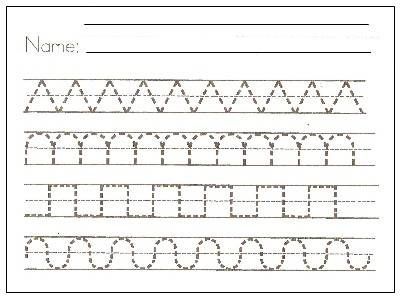 In high school, they also excel academically and are less likely to be influenced by bad company.
In high school, they also excel academically and are less likely to be influenced by bad company.
Sports for children of school age
School age is the time to learn about sports. In many schools, sections are open where children can study with classmates. Also for children there are circles in the homes of schoolchildren, where classes are held completely free of charge. In addition, students can go to the section from specialized sports schools, where they prepare for admission to sports boarding schools.
The choice of sports for school children is really great. Already in the first grade, children can practice at a professional level, preparing for a sports career. Thanks to the national program “Sport is the norm of life”, dozens of sports facilities are planned to be built throughout the country to attract schoolchildren to a healthy lifestyle until 2024.
Sports for children aged 7-10
Primary school is a period of serious restructuring in the rhythm of life.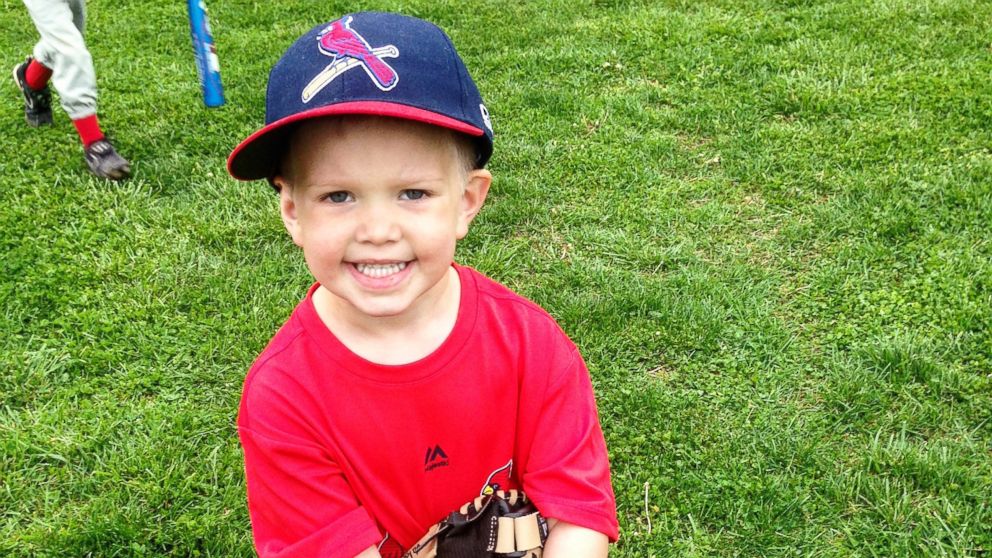 Often, children in the first years of schooling suffer from overwork and distracted attention. These problems can be easily solved with physical activity. Regular classes increase endurance and performance, contribute to the assimilation of the curriculum and help the student to develop comprehensively.
Often, children in the first years of schooling suffer from overwork and distracted attention. These problems can be easily solved with physical activity. Regular classes increase endurance and performance, contribute to the assimilation of the curriculum and help the student to develop comprehensively.
Sports for children 7-10 years old - these are almost all sections, with the exception of extreme ones with a high risk of injury. The choice of a section depends on many factors, but the main thing here should be the desire of the child himself, because at this age he can already choose what he likes.
Remarkably, modern children often choose sections that are completely incomprehensible to their parents. For example, girls might decide to go into boxing and boys into weightlifting. But parents do not need to be afraid of such a choice, because history knows many champions who went to the section against the wishes of their parents.
The best choice at this age will be team sports, because the student already understands what a team is and can fully participate in the life of the team.
The most popular clubs at this age:
- For girls - gymnastics, dancing, athletics, figure skating, synchronized swimming, rhythmic gymnastics, volleyball, etc.;
- For boys - football, tennis, basketball, martial arts, hockey, weightlifting, pentathlon, etc.
Whatever sport your child chooses, you should not expect great victories and achievements at this age. At the age of 7-10, children only learn to work in a team and learn the basics of sports discipline. At this stage, it is important that the child likes the classes, and he goes to the section with pleasure.
It is important for parents to understand that a young athlete can change their mind at any time and decide to pursue another discipline. In this case, it is not necessary to force him to attend the section, it is necessary to support him and show that he has the right to independently decide what kind of sport he should do. If your child has a hard time exercising, consider mind sports such as chess, checkers, or go.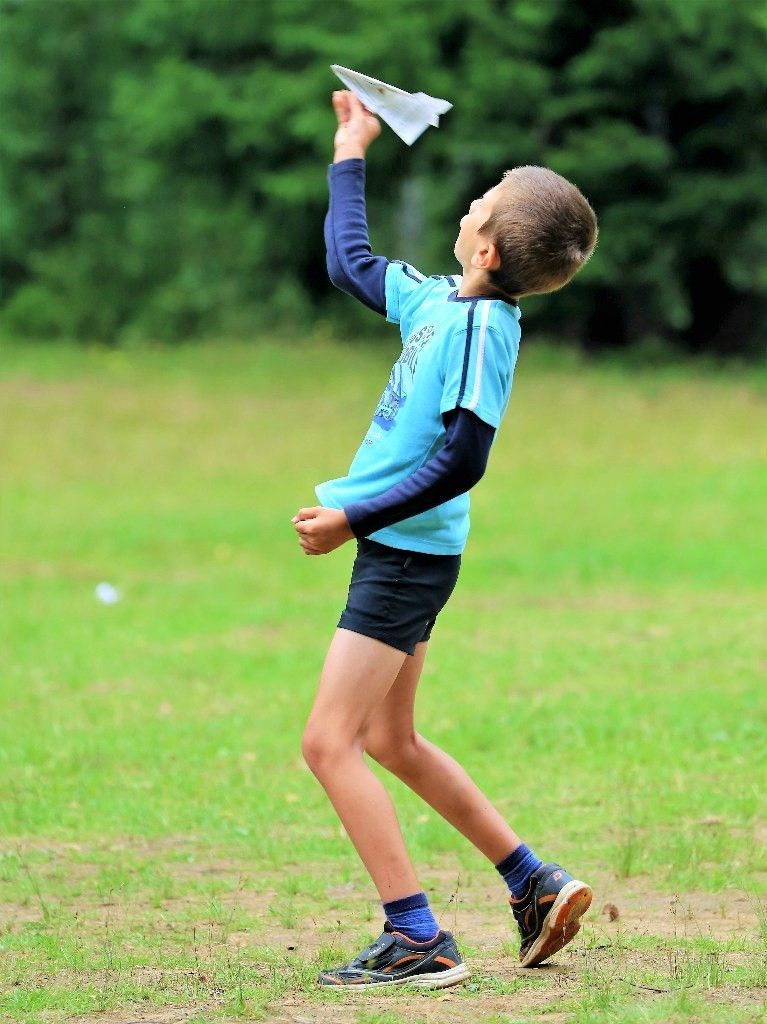
Important! At this age, it is necessary to choose not so much a section as a coach. Only a qualified and experienced children's coach will be able not only to interest the student, but also to ensure the correct individual training schedule.
Sports for children aged 11-13
From the age of 11, today's children already consider themselves adults. Many of them choose street sports as their hobby, where they can show their talents.
Outdoor sports for children aged 11-13, these are:
- Breaking;
- Parkour;
- Skateboarding;
- BMX.
In addition, teenagers often choose diving, skydiving, rock climbing, kitesurfing, etc. If your child is already engaged in the sports section, but at this age he decided to change his occupation, do not interfere with him, because modern sports are a great opportunity to learn something new and realize himself, which means that he will be engaged with enthusiasm and pleasure.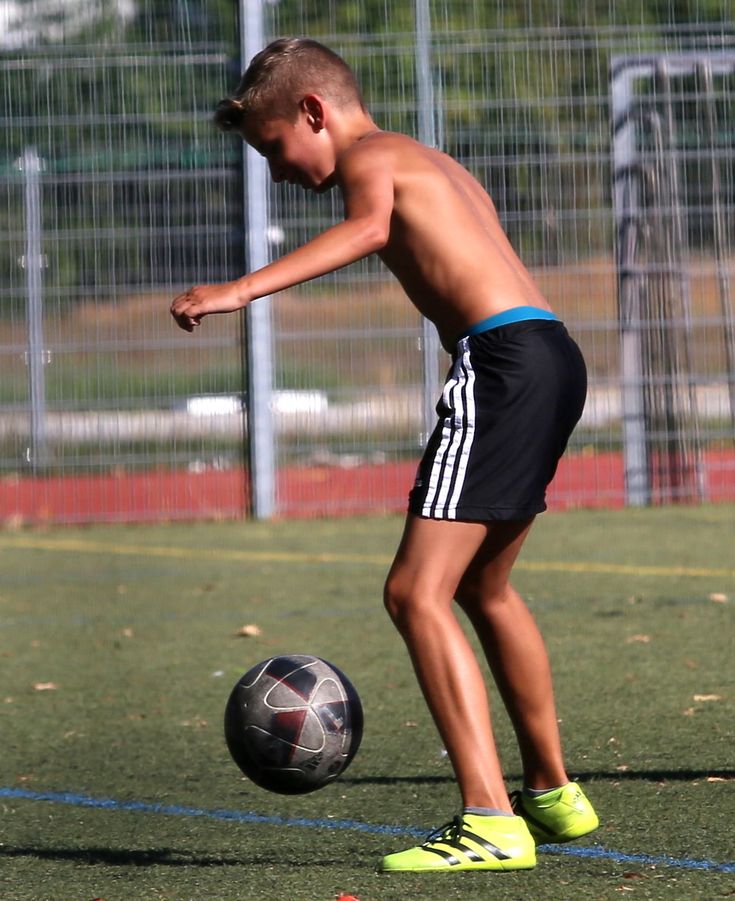
Considering unusual sports, you can also offer a teenager such sections as gorodki, lapta or food running, which originated more than 200 years ago and are now gaining their popularity again in Russia.
Parents should know that it is at the age of 11-13 that coaches look at young athletes and choose the most promising ones to attract them to professional sports.
If you have been offered a transfer to a sports school, you need to weigh the pros and cons, because a sports career is often accompanied by injuries and numerous restrictions. But if you see that a teenager wants and can be a professional in his sport, feel free to trust the coach, because in a few years your child may well become an Olympic champion.
Important! When enrolling a teenager in a sports school or a section for professional activities, you must take out sports insurance. Insurance will allow you to receive compensation for injuries in training and competitions.